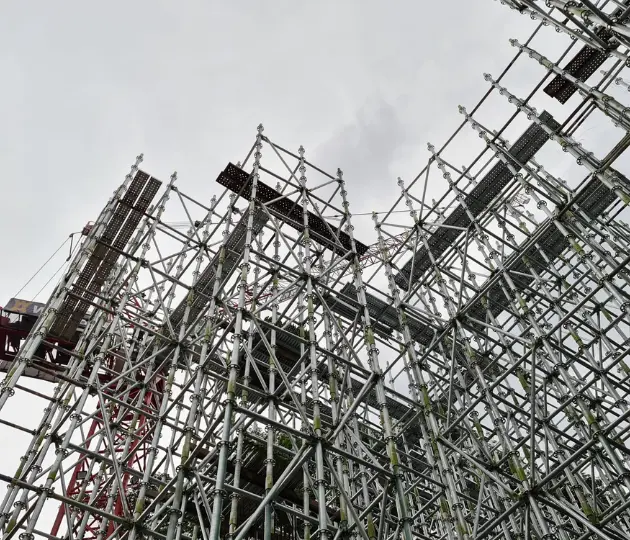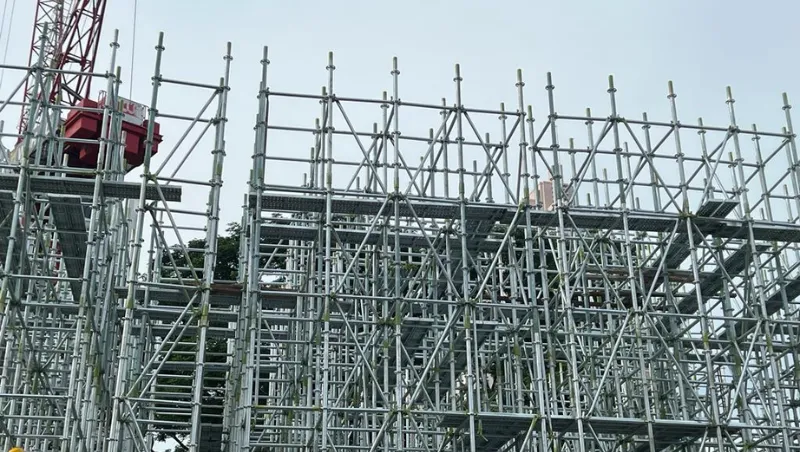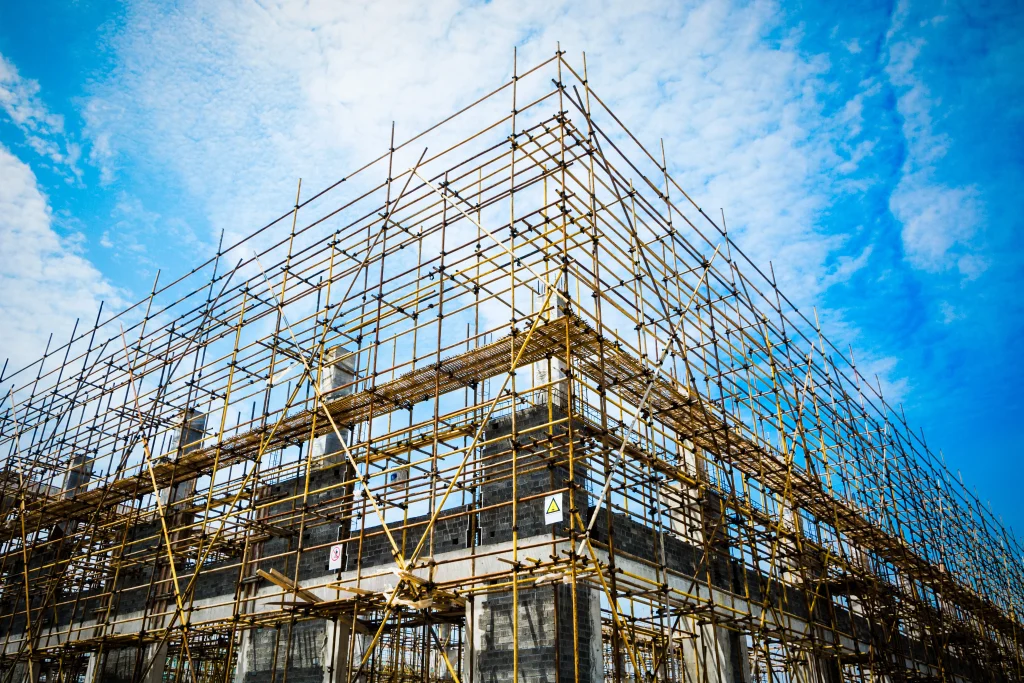
In the ever-changing field of construction, where accuracy, security, and effectiveness are of utmost importance, the progress of scaffold tower and scaffolding frame serves as a testament to ingenuity. These essential instruments have experienced notable improvements, fueled by the desire to increase efficiency and guarantee the safety of workers. This article delves into the complexities of scaffold tower and scaffolding frame, examining their development, advantages, and the crucial role of Natural Language Processing (NLP) in optimizing their utilization.
Evolution of Scaffold Tower and Scaffolding Frame
The development of scaffold tower and scaffolding frame can be traced back to ancient civilizations, where basic structures were used for construction. However, it was during the industrial revolution that these tools underwent substantial improvements. Over time, wooden scaffolding was replaced by metal frameworks, providing enhanced stability and durability.
As time passed, advancements in technology and strict safety regulations drove continued innovation. Scaffold tower became a flexible substitute for conventional scaffolding, offering improved maneuverability and flexibility on different work sites. These towers are usually made up of linked frames and platforms, enabling workers to reach elevated areas effortlessly.
Scaffolding frame has developed to cater to the various requirements of contemporary construction projects. They range from lightweight aluminium frame to heavy-duty steel structures, offering a wide array of designs suited for specific purposes. The incorporation of modular components has enabled swift assembly and disassembly, leading to a notable decrease in downtime and labor expenses.
Benefits of Scaffold Tower and Scaffolding Frame
Scaffold tower and scaffolding frame provide numerous advantages for construction projects.
1. Safety is a top priority when it comes to scaffold tower and scaffolding frame, as they are designed to adhere to strict safety standards, reducing the chances of accidents and injuries. With features like guardrails, non-slip surfaces, and secure locking mechanisms, construction personnel can work in a secure environment.
2. Efficiency is greatly increased with scaffold tower, allowing workers to efficiently access elevated areas and complete tasks like painting, plastering, and maintenance in less time. Scaffolding frame also provides stable platforms for various construction activities, helping to streamline workflow and enhance productivity.
3. Although scaffold tower and scaffolding frame require an initial investment, the long-term benefits they provide far outweigh the costs. By improving workflow and minimizing downtime, these tools contribute to the overall efficiency of a project, leading to cost savings for construction companies.
4. The adaptability of scaffold tower and scaffolding frame makes them suitable for a wide range of job site requirements. Whether it’s a small renovation project or a large construction endeavor, these tools can be customized to meet specific needs, ensuring optimal performance and versatility.
In closing, the advancement of scaffold tower and scaffolding frame signifies a significant achievement in the construction sector, propelled by advancements in innovation, safety, and effectiveness. With the ongoing development of these essential tools, the incorporation of Natural Language Processing (NLP) technologies offers the potential to unlock higher levels of productivity and safety. Through the utilization of NLP algorithms, construction firms can enhance communication, automate tasks, and derive valuable information, leading towards a more effective and environmentally friendly future in construction.



